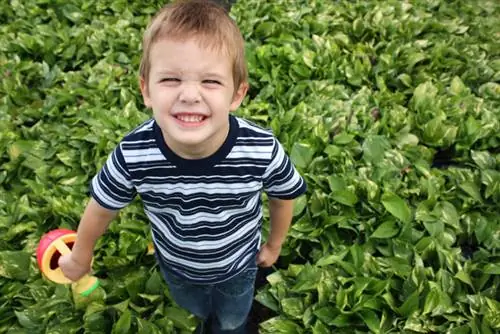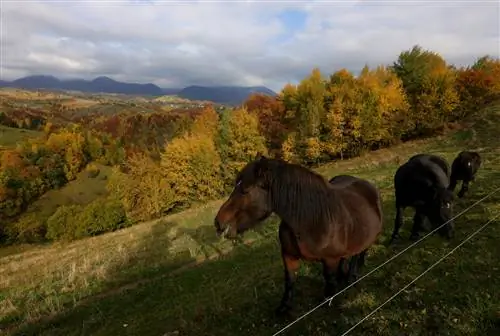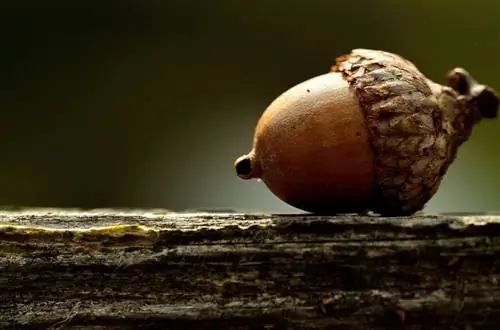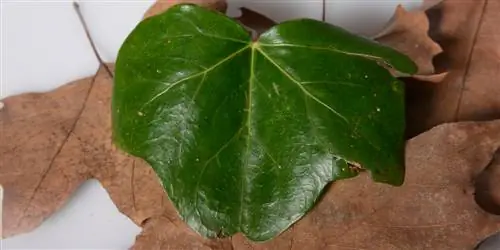- Author admin [email protected].
- Public 2023-12-16 16:46.
- Last modified 2025-01-23 11:20.
The ivy belongs to the arum family. Just like all plants in this genus, it is poisonous to humans and animals. The plant should therefore be placed or hung in the house in such a way that children and animals do not come into contact with it.
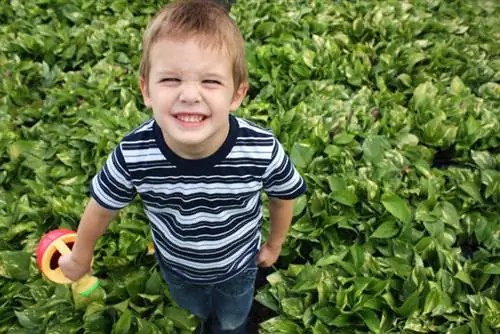
Is ivy poisonous to people and animals?
The ivy plant (Epipremnum) is poisonous to humans and animals because all parts of the plant are toxic. It can cause skin irritation and, if consumed, can cause nausea, vomiting, diarrhea, dizziness, headaches or rapid heartbeat. Ivy plants should be placed out of the reach of children and animals.
The ivy is poisonous
All parts of the plant are poisonous to humans and animals. Even contact with the plant sap that comes out when cutting can cause skin irritation and inflammation. You should therefore always wear gloves when caring for the ivy.
Under no circumstances should any parts of the ivy plant be consumed.
Symptoms of ivy poisoning
If children or pets have eaten parts of an ivy plant, serious symptoms of poisoning can occur:
- Nausea
- Vomiting
- Diarrhea
- Dizziness
- Headache
- Heart racing
After consuming large quantities, you may even faint.
If you suspect poisoning by ivy, you should consult a doctor or veterinarian immediately. Poison control centers are also available for immediate advice. Tell the doctor that the plant is not poison ivy (Hedera helix) but rather common ivy (Epipremnum) so that proper action can be taken.
Place ivy plants out of reach
Especially when there are babies and animals in the house, you should not underestimate the risk of poisoning. Place the plant out of the reach of children and animals.
You should pick up fallen leaves immediately so that there is no risk of pets nibbling on them.
Always clear away any leftover cuts immediately.
Tip
The ivy plant comes from the tropics. Aquarists like to plant it in the aquarium because the roots filter the water well.

